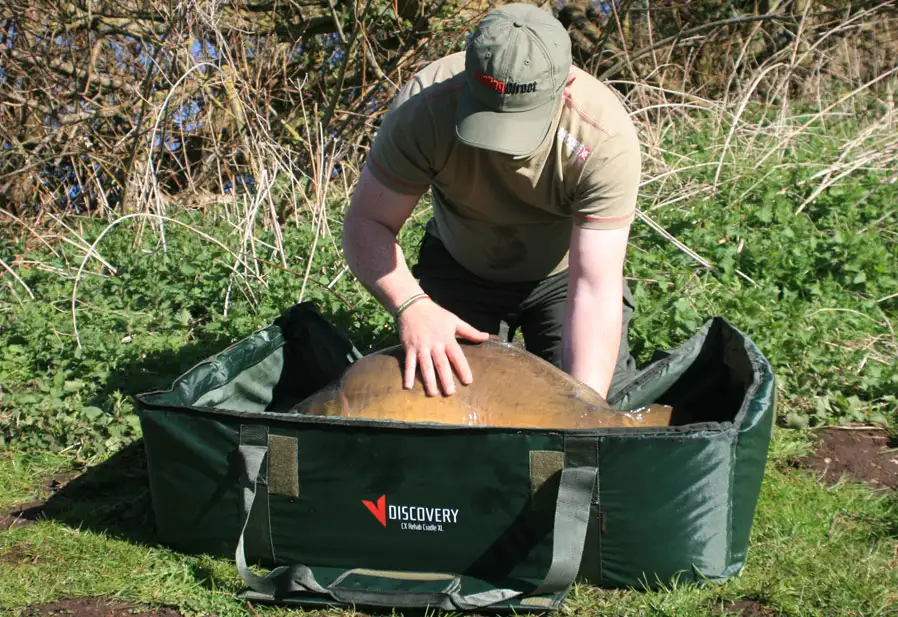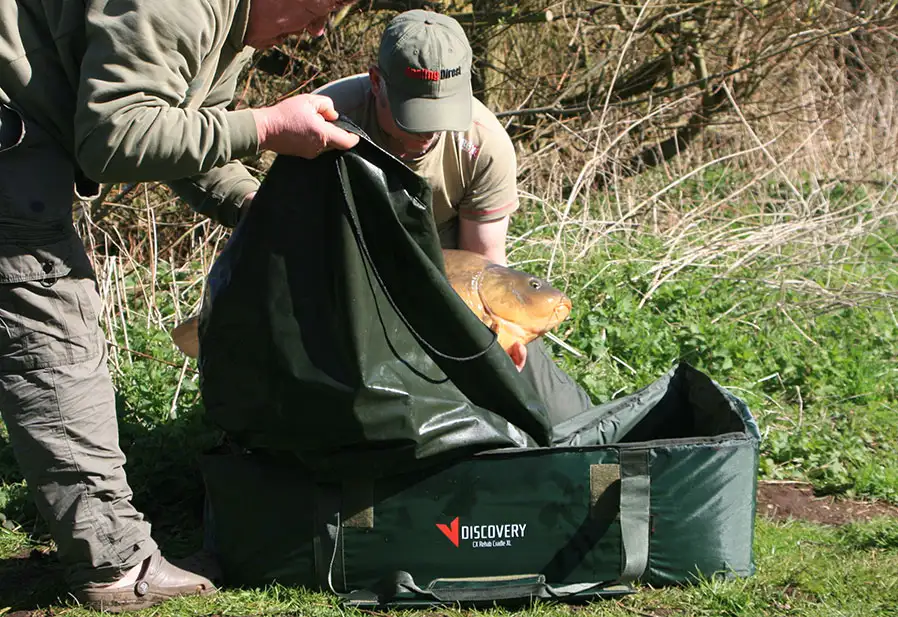This is a demo store. No orders will be fulfilled.
Monday Top 5 - Fish Care

Correct Equipment
I always carry a large padded unhooking mat, a folding water bowl (to ensure I can keep the fish wet whilst on the bank), a floating retention sling and a carp care kit (for treating hook marks and body sores, etc.). These essential pieces of kit come in various forms; however, they are an absolute must if you are heading off for a session on the bank. In my opinion, in terms of money you should invest in your fish care items, to ensure you provide the best care for your quarry. Make sure you pack these essentials into the car first, and don’t fish without them.

Treatment
Sometimes this can be overlooked, especially on waters where you are catching a lot of fish. Each fish you catch has at minimum an area in their mouth where your hook has been. If you can, imagine having a cut and leaving it exposed to lake water; there’s a huge chance of infection, which can not only damage a fish in appearance, but can result in illness and in some cases death. Various carp care kits are available, all with liquid treatments for mouths and damage on the fish's body. Personally I use Propollis, as it forms a seal around any wounds and I have seen the improvement in fish that have been re-captured after treatment.

Water To Mat
This can often be when damage occurs. I always transfer my fish from the net into a sling in the water, and then lift them onto the bank, onto my unhooking mat. The sling ensures you are not potentially catching the line when you roll down the landing net mesh, which could rip a fish's mouth when you lift your net, causing them damage, as there’s pressure on the hook hold. Another thing to check before you lift a fish in a sling is that all their fins are flat to their body. When the fish is being transported, ensure they are low to the ground in the sling, and that you aren’t traveling over large distances to you mat.
Time
Always a consideration ; minimise the length of time a fish is out of the water. Leave the fish in the net, then organise everything (cameras, unhooking gear, carp care kit etc) and keep it all near the unhooking mat. If someone is around and it’s a large fish, get some assistance or at least to keep an eye on the fish resting in your landing net. This way you can be organised with everything to hand and keep the fish on the bank for the least time possible, thus minimising stress and potential damage for the fish. As an added tip always keep the fish wet whilst on the bank and never use items such as towels or cloths to hold them, this take away valuable slim and dries out the fish with isn’t good for them.

Release
Always take you fish back to the water in a sling to ensure that it can’t be dropped if it starts flapping in transit for example. Ensure that the fish is properly recovered before you let it go. Hold the fish in the water until it gains the strength to get away from you. Never just pop it in the edge and head back to casting etc. If a fish is taking time, stay with it, you can try filling and dropping water from a bucket in front of it (oxygen bath type effect) or slowly moving the fish forwards and back. When its recovered it will kick away and off back to its watery home.

I hope these tips help you think about your current fish care, and how you might ensure that every fish you catch goes back in a better condition thanks to your care.
